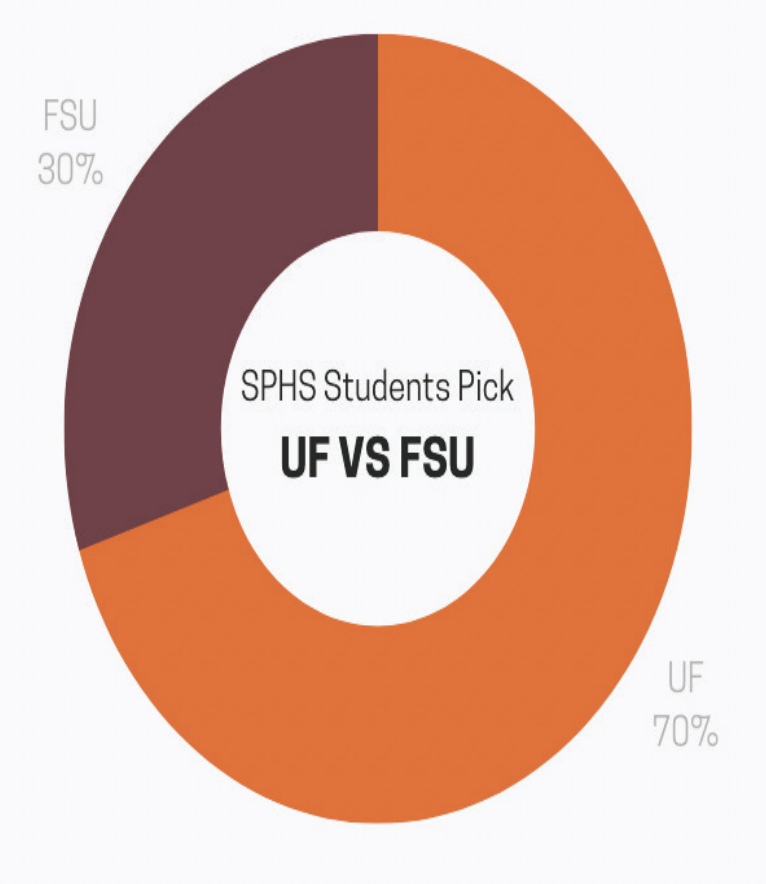What to Know About the University of Florida
UF was founded in 1858 in Gainesville and has 103 bachelor’s degree programs, including geomatics, biosecurity, and digital arts. In 2020, over 95 nations were represented in the student body, making it an incredibly diverse student population. UF has about 180 research centers, and students can find volunteering opportunities at the Center for Leadership and Service.
What to Know About Florida State University
FSU was founded in 1851 in Tallahassee and is Florida’s oldest continuous site of higher education. It offers 282 degree programs at the bachelor’s, master’s, and doctoral levels. In addition, the new Legislative Internship Program allows students to gain experience in Florida’s legislative process.
Five Key Differences:
Admission Rates
While both schools are highly selective, UF has a lower acceptance rate of 23 percent, while FSU has a rate of 25 percent. Additionally, standardized test scores among accepted students are higher at UF, with a median Math SAT score of 700 compared to 650 at FSU.
Cost of Attendance
In-state tuition for undergraduates at FSU is $4,640, while it is $4,477 at UF. The cost of attending a graduate program at the University of Florida is actually higher at $10,770 in-state and $27,335 out-of-state. FSU, on the other hand, has an in-state tuition of $9,684 and an out-of-state tuition of $24,116.
Campus Size
These two campuses are very different in size. FSU’s main campus is 487 acres, while UF’s is 2,000 acres. This means that UF’s campus is four times as large as FSU’s.
Student Body
UF has a slightly larger student body than FSU. UF has roughly 53,000 students enrolled, while FSU has about 44,000. Both are considered to be large schools. They also both have slightly more female students than male students, with a female student population of 57 percent at UF and 58 percent at FSU.
Student-Faculty Ratio
Another critical difference between the schools is the student-to-faculty ratio. Despite its larger student body, UF actually has a lower student-to-faculty ratio than FSU. UF’s ratio is 17:1, while FSU’s is 21:1. So if you want smaller classes, UF may be better for you.
According to a St. Petersburg High School survey, 70 percent of students preferred UF over FSU. They had many reasons for their preference, usually centering on an emotional bond with that school. For example, if someone’s dad went to UF, they may have a more emotional attachment to that school.
The right school is different for everyone and will appeal to different people’s interests and needs. Everyone’s situation is different; only you can decide where you would fit best.














